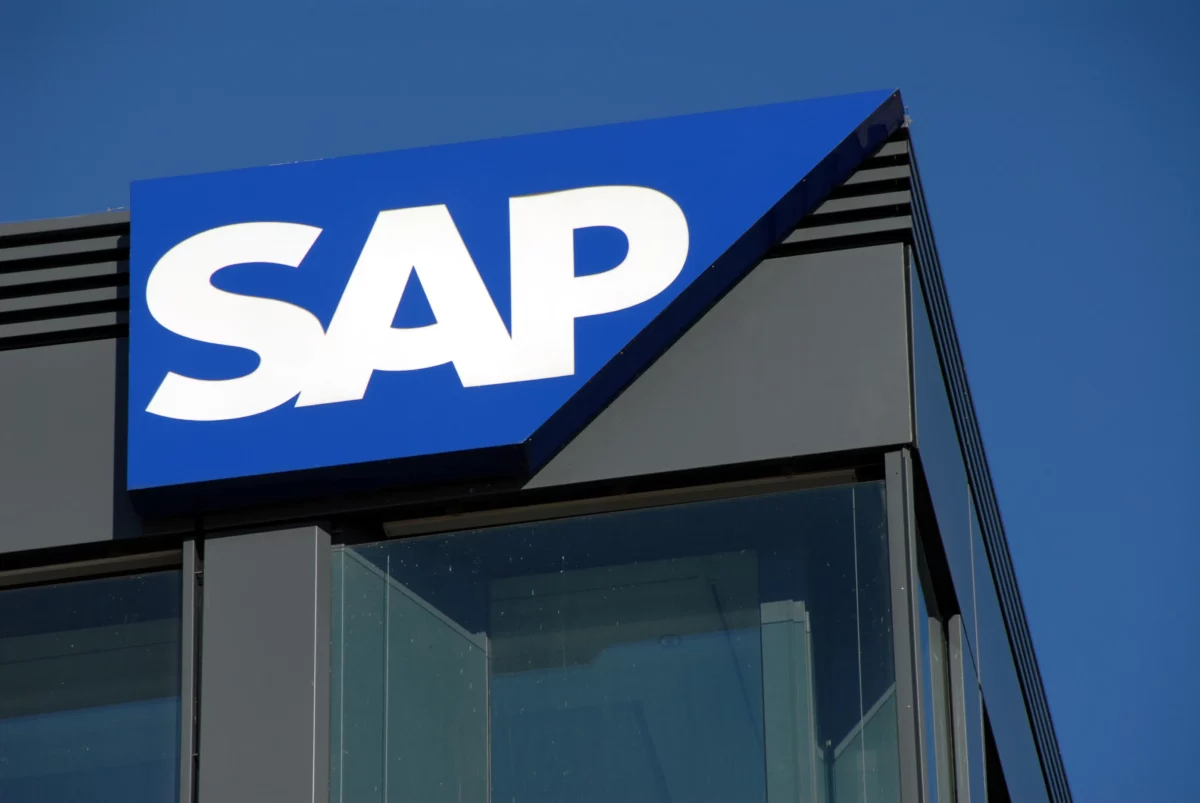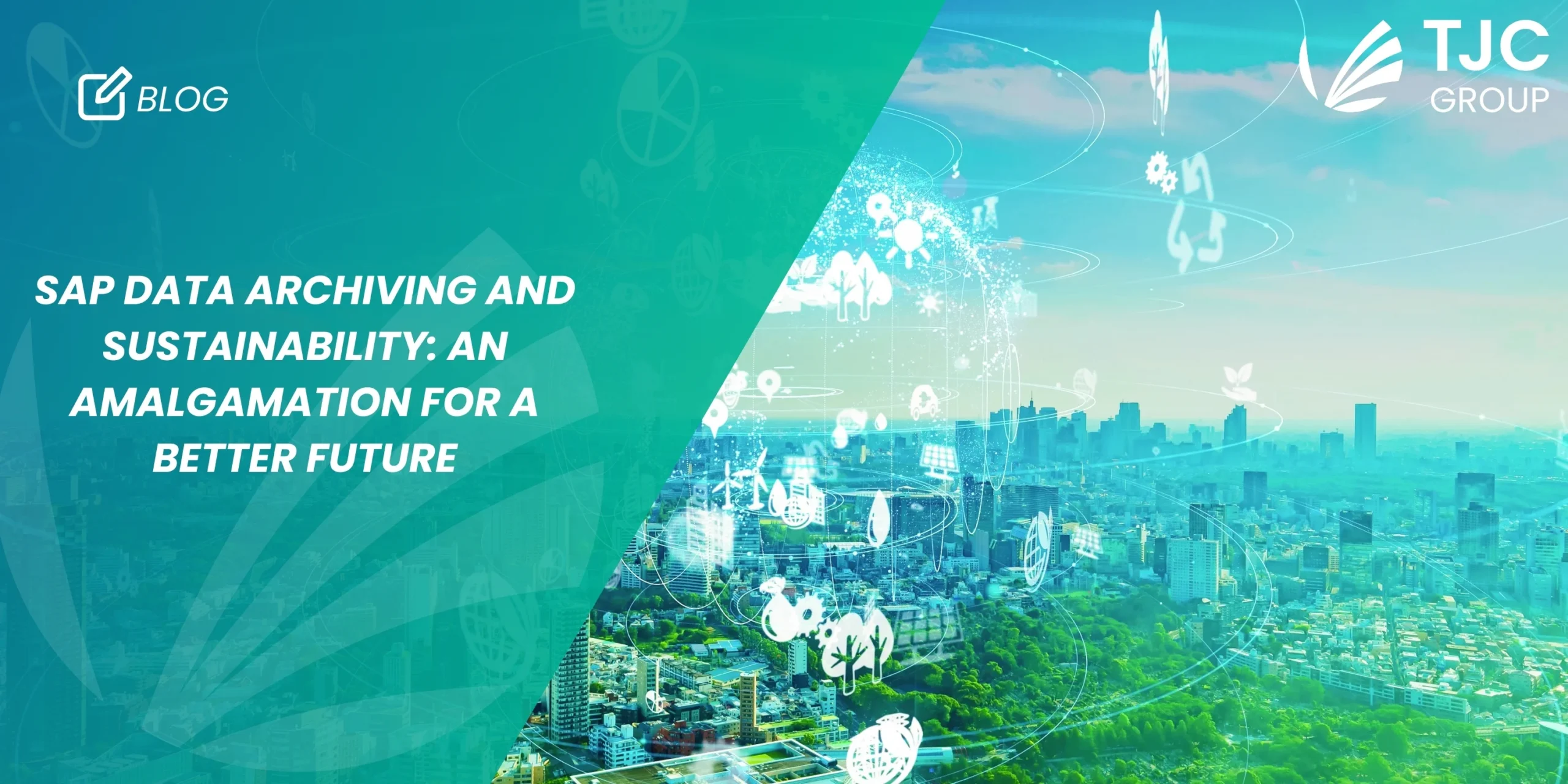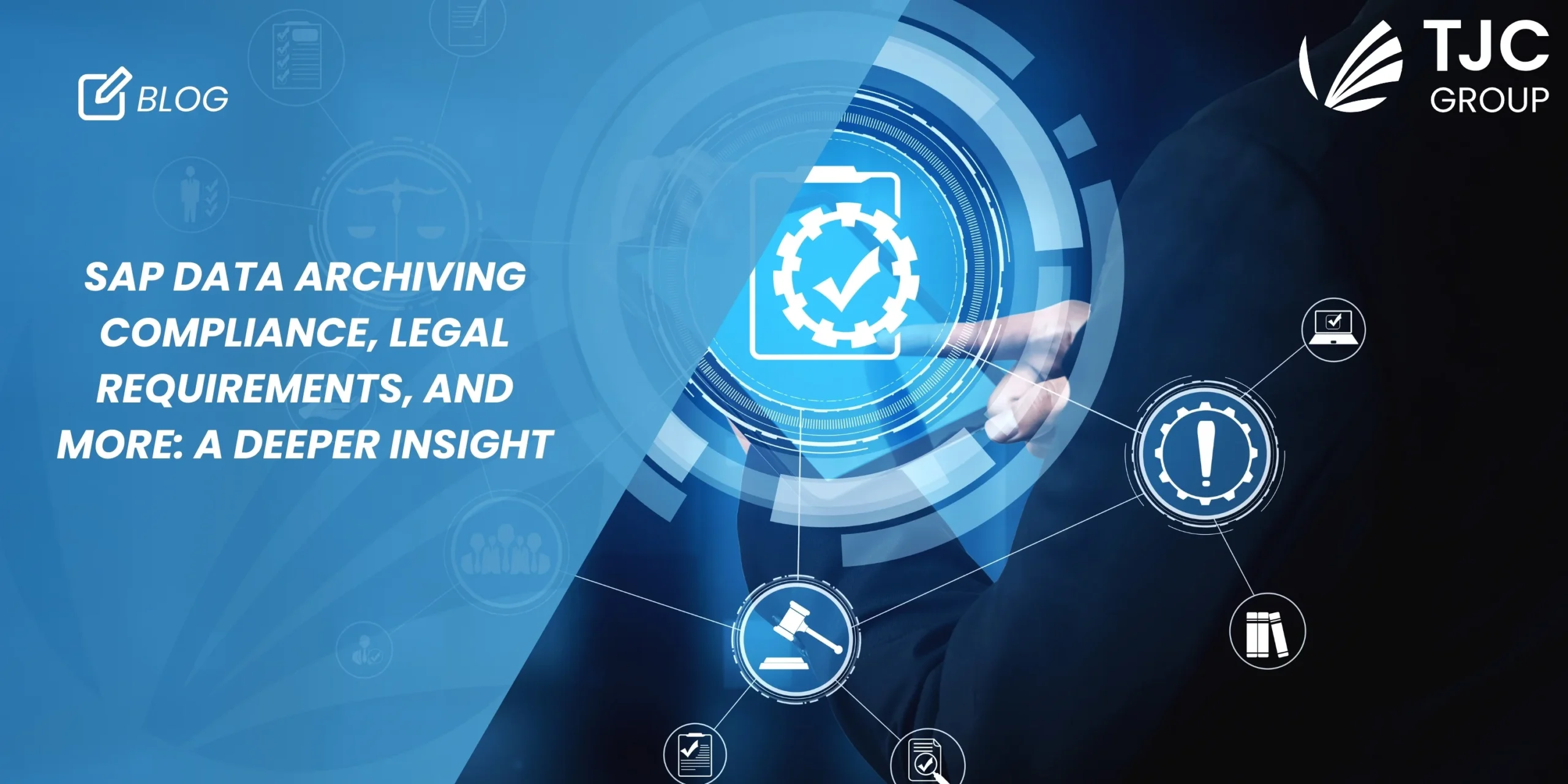SAP S/4HANA is quickly becoming the world’s most successful ERP solution. In 2022, SAP celebrated its 50th anniversary, a huge milestone for the company with a proven track record of innovation. SAP set out on a journey that would transform the way companies do business. SAP S4HANA is the company’s fifth ERP suite.
The architecture of SAP S/4HANA is considerably different from that of a traditional relational database. It operates in memory, with data saved in columns, enabling faster, near-real-time analytics and computation capabilities. Instead of simply capturing data, SAP S/4HANA focuses on providing end users with active decision-making assistance in real-time that is data-driven and takes into account both internal and external data sources. This makes a company smarter and allows it to gain real-time insights.
Most importantly, SAP S/4HANA enables businesses to operate effectively in a digital economy.
This has been a primary reason for SAP customers to proceed with this upgraded ERP solution.

5 Top Benefits of SAP S/4HANA
The following are the primary benefits or value additions that SAP S/4HANA gives to customers:
Improves Performance and Speed
S/4HANA improves performance and speed by allowing you to plan, execute, and generate reports and analytics based on data, trigger period-end closing and provide superior predictions. It also allows your company to provide better service for customer-focused apps. Research indicates 50% increased end-user productivity due to reduced run time.
Ease of Use
Fiori 2.0 features a modern design for a completely unique user experience, allowing users to quickly access work lists, overview pages, and list reports. In addition, the SAP solutions user interface is designed to be very intuitive, personalized, responsive, and straightforward, allowing users to prompt queries and get necessary facts independent of the device or deployment.
Cost Saving
According to Forrester research, if a company avoided the cost of the previously licensed software and hardware, i.e., with the decommissioning of these systems, then customers can realise the advantage of cost savings in 2 to 3 years after deploying SAP S/4HANA. In addition, with S/4HANA, you can consolidate all of the analytical and transactional capabilities of several systems into a single spot.
In-memory database
SAP S/4HANA significantly simplifies IT landscape management and administration – in fact, simplicity is one of the primary aspects SAP solutions has incorporated into its ECC application framework. Furthermore, by using the capabilities of its HANA in-memory database, SAP S/4HANA enables the centralization of hardware and network resources and acts as the digital core for business process simplification.
Real-time information
SAP S/4HANA lays the groundwork for future innovation. Because technology is continuously advancing, simply ‘keeping up’ is no longer sufficient. Businesses must keep ahead of the curve and make future-proof decisions. S/4HANA applications make unprecedented use of speed, context, and data accessibility.
Overall, the fundamental benefits of migrating or shifting into an SAP S/4HANA system for an ECC customer are exceptionally high. Not to forget, SAP has stated that it would cease offering support for outdated ECC systems in 2027.
Prepare your data before migration to S/4HANA
Decide what data needs to make the move to S/4 and what data can be kept as legacy data. Research has shown that only a fraction of the data organisations hold in their systems – around 10% – is actually being used. The rest is legacy information; some data is totally redundant and some is simply required for compliance purposes.
HANA memory costs can spiral if data volumes are left unchecked. Without a data volume management programme prior to implementation, the migration to S/4HANA can become prohibitively expensive. Instead, an effective data volume management strategy allows organisations to reduce the scope, complexity, duration and long-term cost of ownership of their SAP S/4HANA migration.
We’ve made the move, now what?
Once the migration to SAP S/4HANA is complete, further savings can be achieved by decommissioning the SAP and non-SAP applications left behind after the migration. This will further simplify the overall IT landscape and reduce long-term administration and maintenance costs.
TJC Group can assist with consulting and SAP Certified software for data lifecycle management, from data and document archiving, data extraction for tax and audit requirements, to legacy system decommissioning of SAP and non-SAP systems. SAP Data Archiving is one the most effective strategies to make the right-size move to S4HANA.
Sources of information:
https://eursap.eu/2022/03/23/eursap-blog-sap-a-history-of-the-company-and-the-software/








